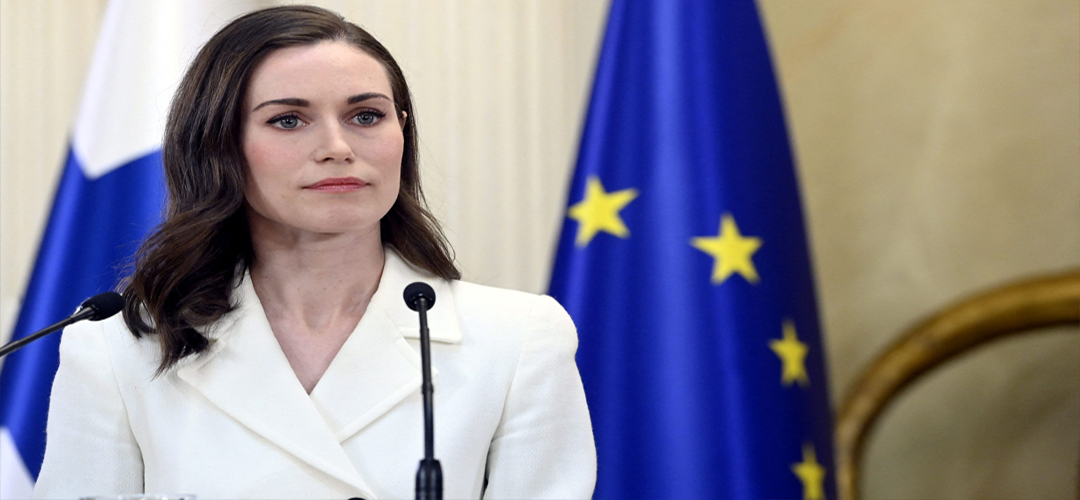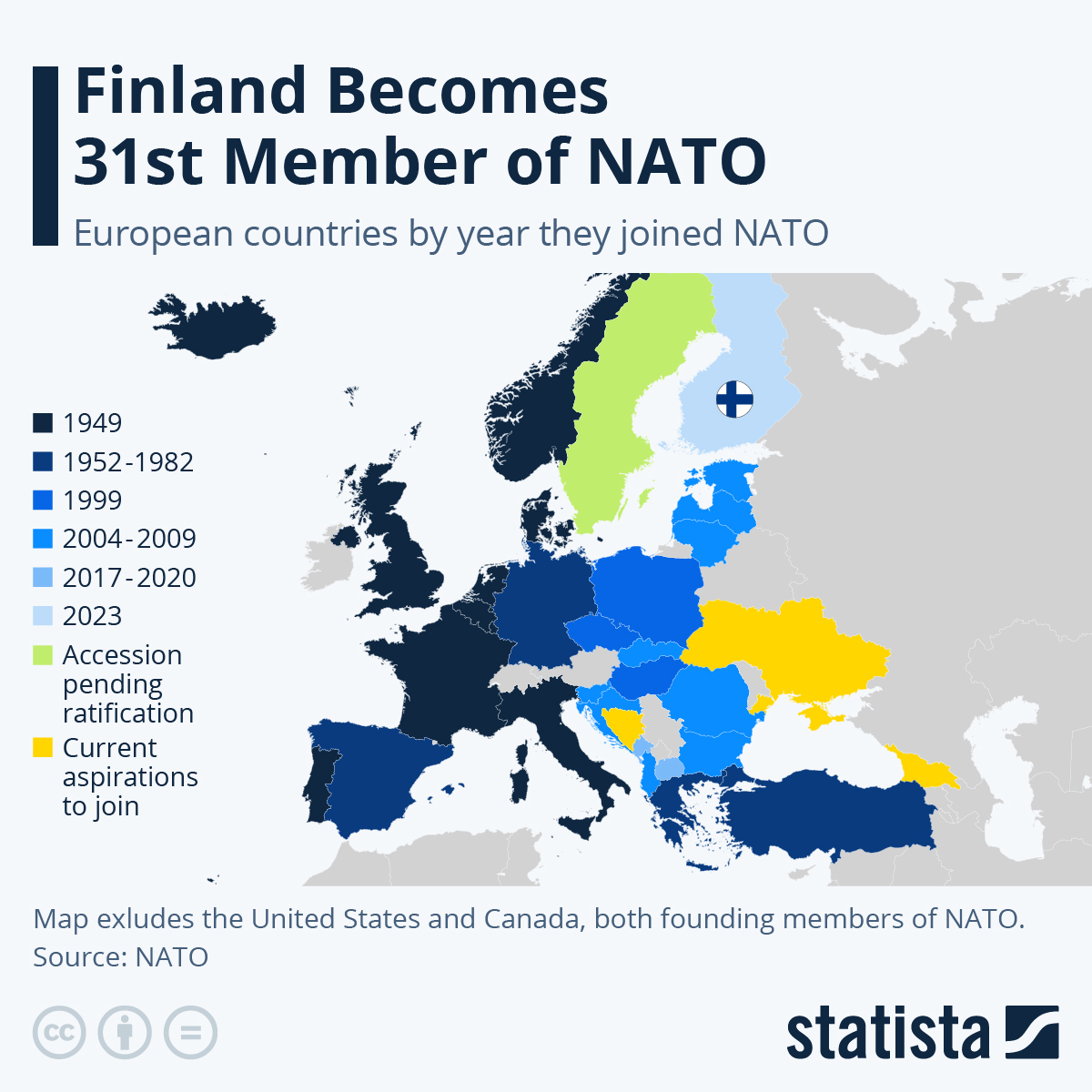Finland: Leaning Right?
April 8, 2023 | Expert Insights

Contrary to expectations, 37 years old Prime Minister Sanna Marin lost out to the opposition conservative National Coalition Party led by Petteri Orpo in a closely contested recent elections in Finland. Despite receiving a significant number of personal votes, Marin failed to increase the vote share of her Social Democratic Party to win a majority.
Analysts predict a tumultuous period ahead for a small nation sandwiched by the huge mass of Russia, especially after Finland forsook its 70 years old neutrality to join NATO. Like elsewhere in Europe, these elections indicated a significant shift to the right.
A coalition of right-wing parties in power under Petteri may result in increased tensions with Russia.
Background
Finland is a parliamentary democracy with a proportional system of representation. In such democracies, coalition politics plays an important role. Twenty-two different parties contested the elections for the 200 seats in Finland's parliament. When no party gains a majority, parties must negotiate and navigate policy and seat considerations beyond the right-left ideological split to form the government.
The Nordic country officially joined NATO soon after the election, becoming its 31st member. The election witnessed a significant shift towards the political right. The right-leaning National Coalition Party (NCP), headed by Petteri Orpo, gained the most votes. The right-wing populist party, The Finns Party, followed close behind, and the left-leaning Social Democrats Party came in third place. Since the top three parties each won around 20 per cent of the vote, the NCP cannot form the government independently. It will now have to negotiate with other parties to form a coalition with a majority in parliament.
The incumbent Social Democrats Party (SDP), headed by the popular young leader Sanna Marin, conceded defeat. Sanna Marin took office in 2019, led Finland through the COVID-19 pandemic, and took a firm and vocal stance against Russia's invasion of Ukraine. Marin is most credited for her role in Finland's accession to NATO. Her critics blame her for the rising public debt, which accelerated during her watch.

Analysis
While Finland has so far followed a non-aligned policy, security concerns after Russia’s invasion of Ukraine caused Finland to abandon its neutrality and apply to join NATO. Finland shares a 1,300km border with Russia and is concerned about its security vis-à-vis Russia.
Finland joining NATO and the Russia-Ukraine war are matters on which the three major parties are in accord. All three parties support accession to NATO and are against the Russian invasion of Ukraine. Support for Ukraine is almost unanimous. Orpo, the probable next Prime Minister, affirmed his support for Ukraine after the election. The Finns Party also stressed the importance of Ukraine’s sovereignty and voiced their solidarity.
Gaining support from other parties to form a majority in parliament may not be easy.
The two main options for the NCP are to form a coalition with the far-right Finn's Party or the left-leaning SDP. The populist Finns Party led by Riikka Purra has gained increased traction with voters as the cost of living rises. However, allying with it may prevent the NCP from gaining the support of smaller parties unwilling to join a coalition with The Finns Party.
On the other hand, allying with the SDP could allow smaller parties to join and enable the NCP to gain a majority. While the NCP is a right-leaning party, it may have to set aside the right-left split because of pragmatic considerations for gaining a majority in parliament.
Like other European countries, Finland is facing the ramifications of Europe's energy crisis caused by the Russia-Ukraine war. The election comes amid rising public debt and living costs, and the NCP's priority is to reduce government spending and run a tighter budget.
The parties’ policy stances on specific issues are important since their voter bases are invested in these policy stances. The NCP and The Finns Party share a policy aim that has been the focal point of the election campaigns – to cut down on government expenditure to tackle Finland's public debt problem. However, major policy differences exist on immigration, climate change, and the EU.
On the other hand, the NCP and SDP significantly differ on government spending and taxes: the NCP favours tax cuts over welfare spending, unlike the SDP. Yet, this key policy stance may have to be compromised in negotiations to obtain the required seats for a majority.
Although NATO is not a point of contention between the three parties, Finland’s NATO commitments may prove to be a challenge for the NCP as it takes over the government. The NCP will have to commit to military spending to meet the NATO target: 2 per cent of a nation’s GDP that has to be spent on defence. Given that the NCP aims to cut public spending to deal with spiralling public debt, this policy aim will have to be balanced with Finland’s NATO commitments. Reducing welfare spending while spending more on defence may be an issue that the NCP must navigate.
Assessment
- Having narrowly won the election just before Finland joined NATO, this is a critical time for the NCP when it negotiates with other parties to form a coalition. The parties will have to consider their policy priorities and voter bases to determine the feasibility of a coalition.
- Yet, the policy considerations may have to be compromised for seat considerations to gain a majority. The NCP will also have to plan how best to balance Finland’s NATO commitments with reduced government spending.








Comments